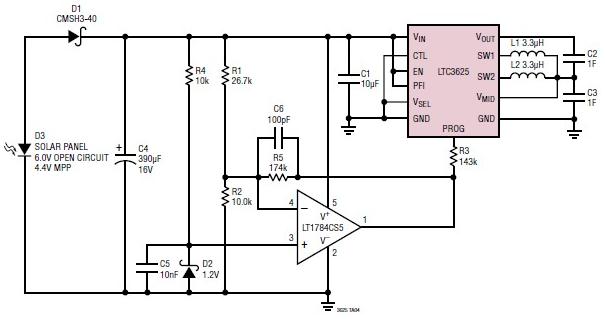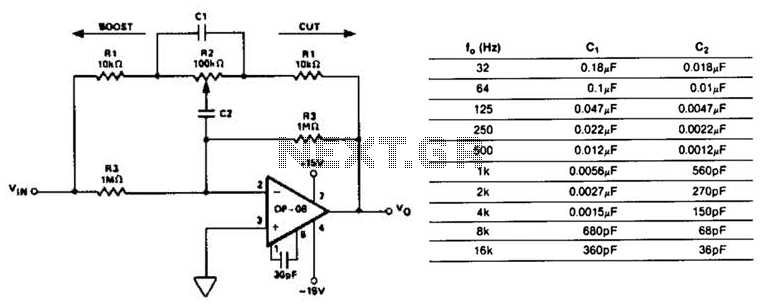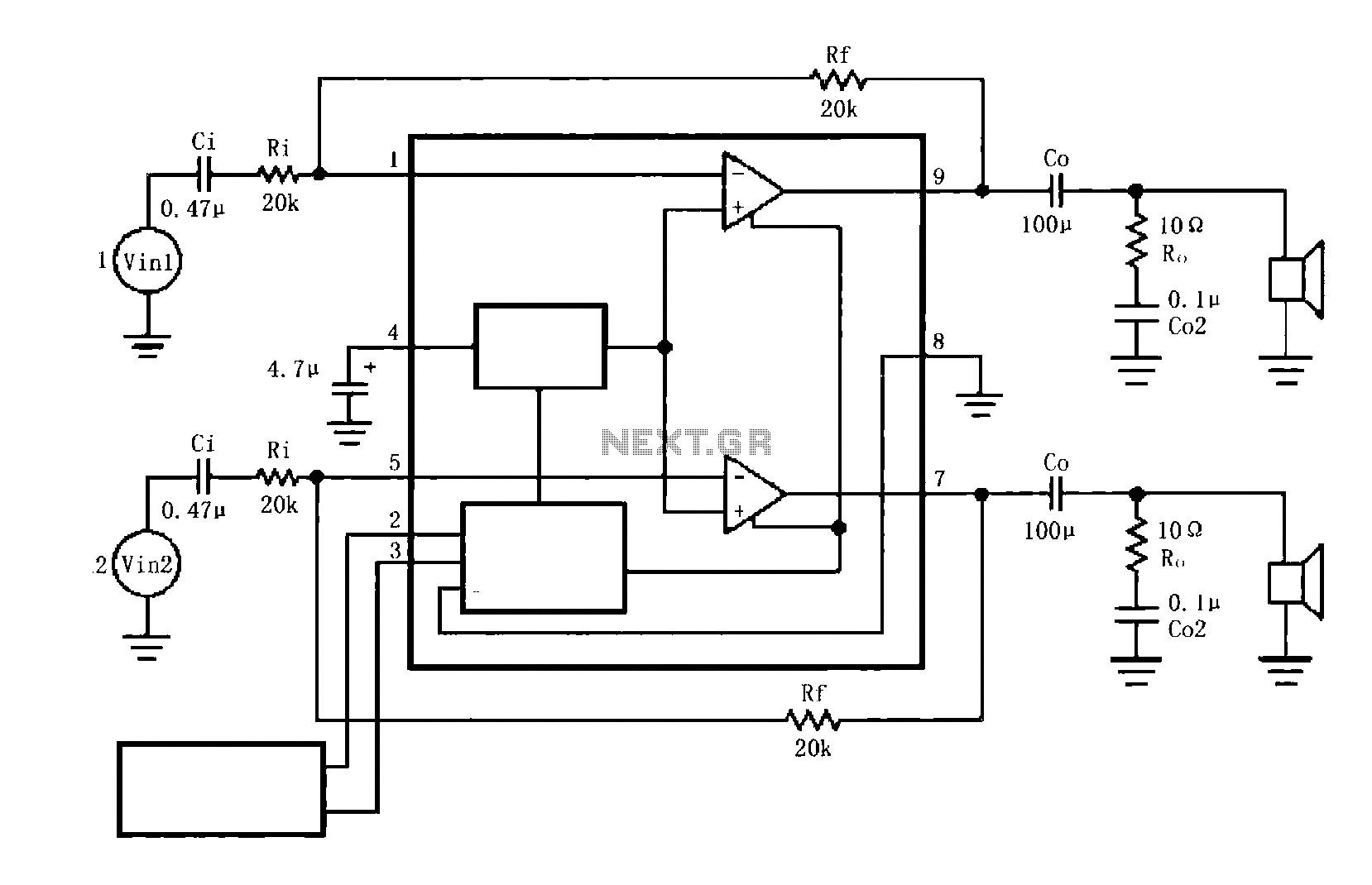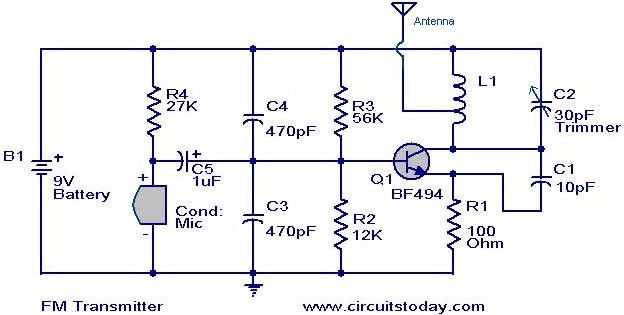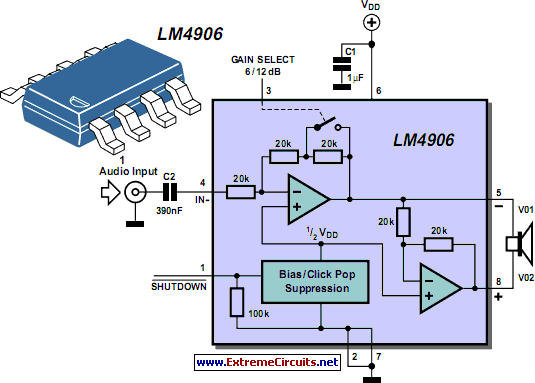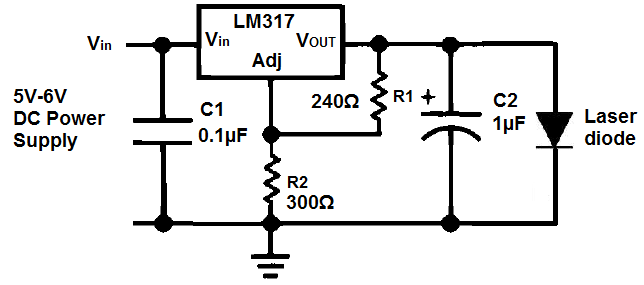
Fluid lever sensor circuit design using ac signal
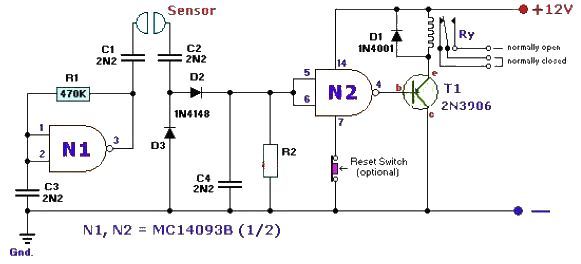
This fluid level sensor circuit is designed to use an AC sensing signal to prevent electrolytic corrosion on the probes. The rectified AC signal is utilized to drive a T1 transistor, which in turn activates a 12-volt relay that can control the operation of a device. The R2 resistor adjusts the sensitivity of the sensor and can be substituted with a small variable resistor. The MC104093B is a P-channel quad 2-input NAND Schmitt trigger that is pin-compatible with the CD4093. Unused inputs must be connected to an appropriate voltage level, either ground or +12 volts (pins 8, 9, 12, and 13), while the unused outputs should remain open (pins 10 and 11).
The fluid level sensor circuit leverages an AC sensing mechanism to effectively mitigate the risk of electrolytic corrosion, a common issue in liquid detection systems. The AC signal is first rectified, converting it to a DC voltage suitable for driving the T1 transistor. This transistor acts as a switch, controlling the current flow to a 12-volt relay. The relay's primary function is to engage or disengage connected devices based on the fluid level detected by the sensor.
The sensitivity of the sensor is adjustable through the R2 resistor. By replacing R2 with a variable resistor, users can fine-tune the circuit's response to different fluid levels, allowing for greater flexibility in various applications. This feature is particularly important in environments where fluid characteristics may vary, requiring precise detection thresholds.
The MC104093B component, a P-channel quad 2-input NAND Schmitt trigger, enhances the circuit's reliability by providing noise immunity and ensuring stable switching behavior. Its pin-to-pin compatibility with the CD4093 allows for easy integration into existing designs. Proper handling of unused inputs and outputs is critical; unused inputs should be connected to a defined voltage level (ground or +12 volts) to prevent floating states that could lead to unpredictable behavior. Unused outputs must be left open to maintain the integrity of the circuit.
Overall, this fluid level sensor circuit presents a robust solution for fluid detection, combining effective corrosion prevention with adjustable sensitivity and reliable signal processing capabilities.This fluid level sensor circuit is designed for using an ac sensing signal to eliminate electrolytic corrosion on the probes. The ac signal rectified is used to drive T1 transistor that drives a 12 volt relay, that can activate or stop some device.
R2 resistor is used to modify the sensor sensitivity and can be replaced with a small variable res istor. MC104093B is a p channel quad 2 input NAND schmitt trigger and is pin to pin compatible with the CD4093. The unused inputs must be tied to an appropriate voltage level, either ground or +12 volts (8, 9, 12 and 13) and the unused outputs must be left open (10 and 11).
🔗 External reference
The fluid level sensor circuit leverages an AC sensing mechanism to effectively mitigate the risk of electrolytic corrosion, a common issue in liquid detection systems. The AC signal is first rectified, converting it to a DC voltage suitable for driving the T1 transistor. This transistor acts as a switch, controlling the current flow to a 12-volt relay. The relay's primary function is to engage or disengage connected devices based on the fluid level detected by the sensor.
The sensitivity of the sensor is adjustable through the R2 resistor. By replacing R2 with a variable resistor, users can fine-tune the circuit's response to different fluid levels, allowing for greater flexibility in various applications. This feature is particularly important in environments where fluid characteristics may vary, requiring precise detection thresholds.
The MC104093B component, a P-channel quad 2-input NAND Schmitt trigger, enhances the circuit's reliability by providing noise immunity and ensuring stable switching behavior. Its pin-to-pin compatibility with the CD4093 allows for easy integration into existing designs. Proper handling of unused inputs and outputs is critical; unused inputs should be connected to a defined voltage level (ground or +12 volts) to prevent floating states that could lead to unpredictable behavior. Unused outputs must be left open to maintain the integrity of the circuit.
Overall, this fluid level sensor circuit presents a robust solution for fluid detection, combining effective corrosion prevention with adjustable sensitivity and reliable signal processing capabilities.This fluid level sensor circuit is designed for using an ac sensing signal to eliminate electrolytic corrosion on the probes. The ac signal rectified is used to drive T1 transistor that drives a 12 volt relay, that can activate or stop some device.
R2 resistor is used to modify the sensor sensitivity and can be replaced with a small variable res istor. MC104093B is a p channel quad 2 input NAND schmitt trigger and is pin to pin compatible with the CD4093. The unused inputs must be tied to an appropriate voltage level, either ground or +12 volts (8, 9, 12 and 13) and the unused outputs must be left open (10 and 11).
🔗 External reference
